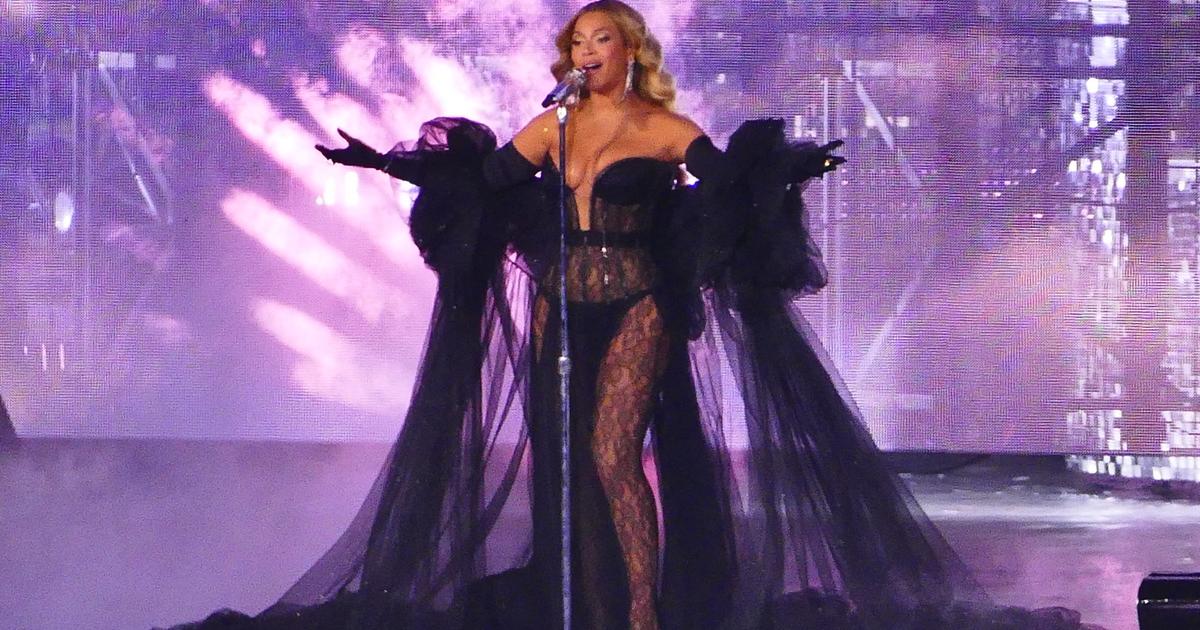The US box office success of the three films made to date by Jordan Peele —
Let Me Out
(2017),
Nosotros
(2019) and
NOP
(2022)— has inspired the resurgence of an African-American horror and fantasy cinema that drinks in equal parts from the rabid current affairs of Black Lives Matter and the interest in the cultural genealogy of an entire community. .
Undoubtedly one of the most suggestive aspects of
NOP,
which opens in our country on August 19, is director Jordan Peele's vindication of the Afro-descendant presence at the very origin of the moving image.
Peele had already linked in
Let Me Out
and
Us
the racial dilemmas that his country is going through with undercurrents that go back to the very genesis of the United States as a nation;
but in
NOP
he goes further, reminding us that the Hollywood industry has also based the production of its characteristic great shows on the absence and silencing of many contributions, particularly those of African Americans.
Classics like 'The Birth of a Nation' (1915, DW Griffith) are horror films for the African-American audience, according to specialist Robin R. Means Coleman
The truth is that the impact of Peele's films has led to an unusual rise in directors and, above all, female directors —something important given the insistent claims of black feminisms— willing to approach terror from a critical position with cultural gaps and socioeconomic consequences of systemic racism.
But it is not the first time that it has happened in North American cinema, as revealed in 2011 in the canonical essay by specialist Robin R. Means Coleman
Horror Noire: A History of Black American Horror from 1890s to Present,
versioned as a documentary in 2019. In his book, Coleman begins by applying a subversive perspective to his subject matter, considering classic Hollywood titles such as
Birth of a Nation
(1915) —an exercise in pseudohistorical epic by DW Griffith— horror films for the African-American audience due to the racist portrayal that is offered of them and the consequent impact on the imaginary of the white public.
Next, Coleman focuses on the orthodox horror produced by Hollywood to differentiate three major stages that fans of the genre will be familiar with.
In the first, which runs until the end of the 1960s, the colored characters have a barely testimonial presence and, in cases like
King Kong
(1933) and
I walked with a zombie
(1943), conditioned to the exotic stereotype;
although it is necessary to distinguish between the
pulp
character of the first and the delicacy that the second showed in its look at slavery and the traditions related to voodoo.
In any case, there are rarities between the 1920s and 1940s that are fully committed to the African-American experience, such as the vindictive
race films
made by Oscar Micheaux and other independent directors, which has one of its highlights in
The Blood of Jesus
(1941), a strange fable moralizing of actor and director Spencer Williams aimed at an audience also segregated in many states in movie theaters.
The second stage is linked to the impetus of the civil rights movement and figures such as Martin Luther King and Malcolm X, whose media projection and tragic destiny during the sixties have a perfect reflection in the actor Duane Jones.
Jones is the charismatic —and ill-fated— protagonist of
Night of the Living Dead.
(1968) and also leads the cast of
Ganja & Hess
(1973), by Bill Gunn, a key title in the history of
horror noire;
a reflection on vampirism as a factor of racial declassification that, due to its images of experimental affiliation and its attention to erudite characters, constitutes a representative landmark.
Ganja & Hess
is one of the most legitimate examples of
blaxploitation
,
an opportunistic trend in low-budget films that reinterpreted classic Hollywood genres at the time to suit an African-American audience that was proud for the first time of its idiosyncrasy and expressive peculiarities.
They realize the popularity of
blaxploitation
horror titles as eloquent as
Dracula black
(1972) and
Dr. Black, Mr. Hyde
(1976).
Image from 'Candyman' (2021) by Nia DaCosta.
PARRISH LEWIS (UNIVERSAL PICTURES)
After the shock that the seventies represented for the bulk of horror films, the eighties and nineties tended towards uniformity, something in which the insatiable home video market had a lot to do.
With exceptions like
Brother from Another Planet
(1984), African-Americans are coded onscreen as supporting characters killed by the masked psychopath of the day in one or another
slasher.
At this juncture, genre literature gained weight, heir to the oral and musical tradition around the horrors of slavery and the racial injustices that occurred in rural and urban areas.
Charles W. Chesnutt, Pauline Hopkins and the unknown authors of the
pulp
illuminate a suffering gothic that Alice Walker, Octavia Butler, Toni Morrison and Tananarive Due succeed in reformulating for (post)modernity.
If horror cinema is infected by that gothic in the inter-century period, it is mediated by an aggressive pop sensibility inseparable from the Rodney King case and the Los Angeles riots of 1992, which exemplify films with a
trash
spirit such as
Leprechaun in the Hood
( 2000) and
Bones
(2001).
The horror noire that is produced today has notably sophisticated its forms and suffers from excessive gravity and a certain Manichaeism.
The
horror noire
that is currently being produced in the shadow of Black Lives Matter and Donald Trump's presidential mandate has notably sophisticated its forms and suffers from excessive gravity and a certain Manichaeism.
Not by chance, Jordan Peele left this last aspect aside in what continues to be his best film,
Let Me Out,
an intelligent satire on the African-American condition in times of simulated tolerance.
In his paranoid portrait of a daily life under which all kinds of latent threats nestle,
Let me out
and Peele's subsequent films also evoke the works of the painter Noah Davis, perhaps the African-American plastic artist who has best captured the strangeness of American civilization for those who live under its dictates without having had the opportunity to contribute to it.
Paranoia is omnipresent in this cycle.
Antebellum
(Prime Video) is an unsubtle allegory centered on a sociologist who discovers firsthand the extent to which the prevailing racist mentality in certain sectors of American society is capable of reviving past horrors.
Master
(Prime Video) redounds to this argument based on the disturbing experiences of a student and a head of studies at a prestigious university, apparently aware of the racial issue even though the percentage of white students and faculty within its walls is overwhelming.
We especially recommend
Candyman
,
(Prime Video),
remake
of the 1992 film of the same name with Nia DaCosta as director and co-writer with Jordan Peele, which not only contains several memorable horror sequences, but also honestly confronts the gentrifying potential of today's African-American artists and, therefore, the deactivation of his critical spirit.
And it is worth concluding by recalling a television production:
Lovecraft Territory
(HBO Max), a series that has ambitiously opted to review, and at the same time update, the cosmic terror invoked in its literature by HP Lovecraft, a capital author for the genre but biased proven racists.
You can follow BABELIA on
and
, or sign up here to receive
our weekly newsletter
.
50% off
Subscribe to continue reading
read without limits
Keep reading
I'm already a subscriber









